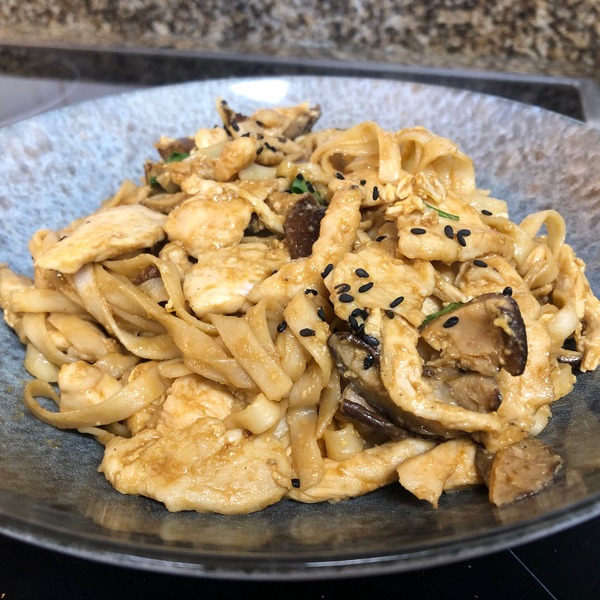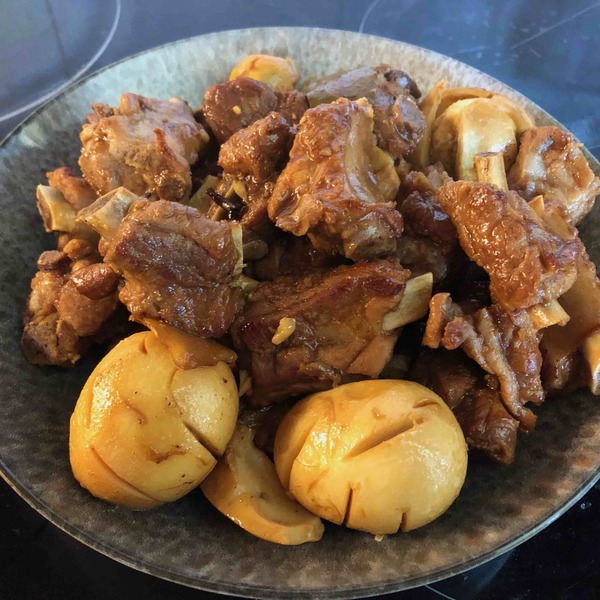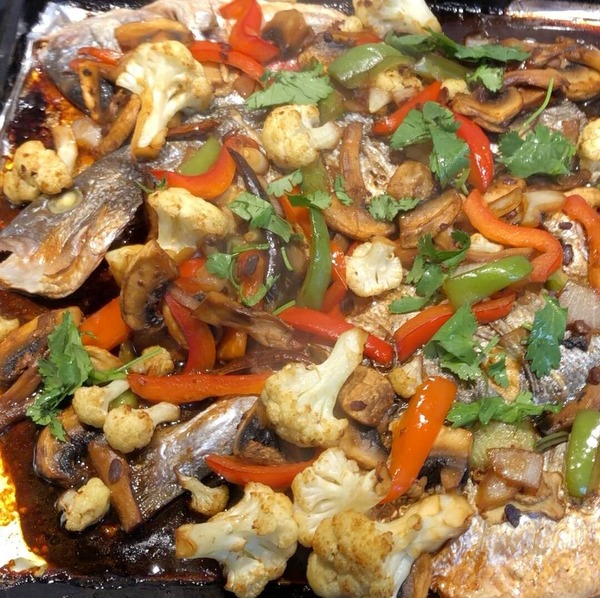
Introduction:
Pixian Doubanjiang, the culinary jewel of Sichuan cuisine, is celebrated for its bold, spicy, and savory flavors. This fermented broad bean paste, originating from China’s Sichuan province, adds depth to a wide range of dishes and is cherished both locally and globally.
Pixian Doubanjiang Origins:
Pixian Douban belongs to raw Douban, made by removing the shells from raw broad beans, soaking them, coating them with wheat flour, and then fermenting them to produce ‘sweet Douban.’ It is then mixed with fermented Erjingtiao chili peppers and undergoes a process of turning, sun-drying, and airing to become the uniquely distinctive Doubanjiang.
Popular Brands in Europe and China:
In Europe, one popular brand of Pixian Doubanjiang is “Juan Cheng” (鹃城牌), known for its high-quality Chinese condiments and sauces. Additionally, there are other reputable brands available in China, such as Dandan Pai (丹丹牌), Shaofeng He (绍丰和), Chuan Pi (川郫), Shuweiyuan (蜀味源), and more. These are trusted brands that deliver authentic flavors.
How to Use Pixian Doubanjiang:
It’s evident that the ‘broad beans’ here are not cooked; if consumed raw, they have a strong raw and fishy taste. Generally, they are used for stir-frying. Here are a few things to keep in mind when using Doubanjiang:
To make the most of Pixian Doubanjiang in your cooking, consider the following tips:
- Finely Chopping: Pixian Doubanjiang is best used after finely chopping. This enhances its aroma and ensures excellent texture in your final dish.
- Stir-Frying Technique: When using Pixian Doubanjiang, it should be lightly fried over low heat before mixing with the other ingredients. Avoid adding it at the end of the stir-fry process. Instead, begin by stir-frying it in oil at approximately 100 degrees Celsius for about 1 minute. Continuously stir with a spatula to prevent burning or sticking. Once it produces a dry, fragrant aroma and red oil, you can add other ingredients and stir-fry them together.
- Extra-Grade Doubanjiang: This type of Doubanjiang has less moisture and is drier, making it prone to sticking and burning if directly fried. Dilute it with water before use, and use low heat to slowly fry the aroma before mixing it with the other ingredients.
- Salt and Soy Sauce: After using Pixian Doubanjiang in your stir-fries, there’s no need to add extra salt. It contains 16% to 18% of table salt. Be cautious when adding light soy sauce and similar condiments to avoid excessive saltiness, except for dishes that require a significant amount of water, like stews and braised dishes.
Explore the world of Sichuan cuisine with Pixian Doubanjiang as your trusted companion, and let its flavors elevate your culinary creations.










